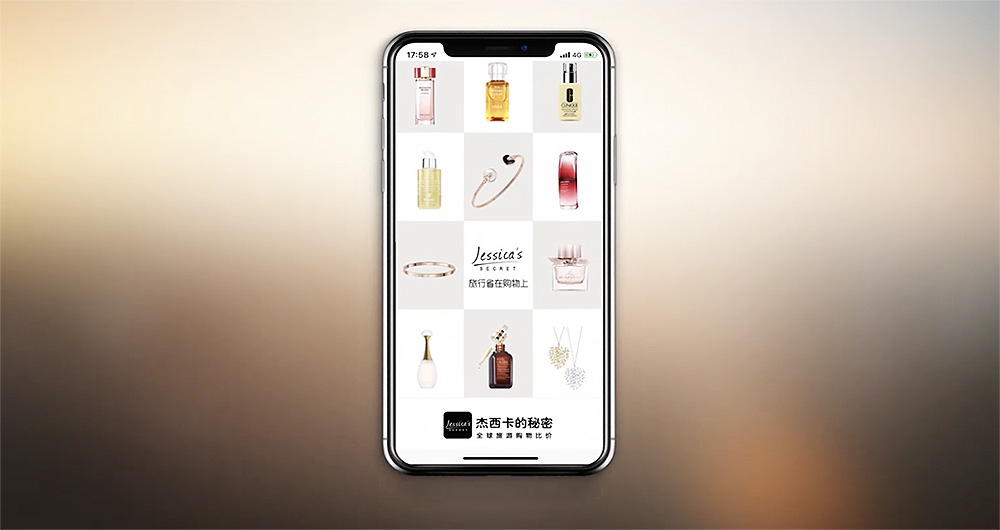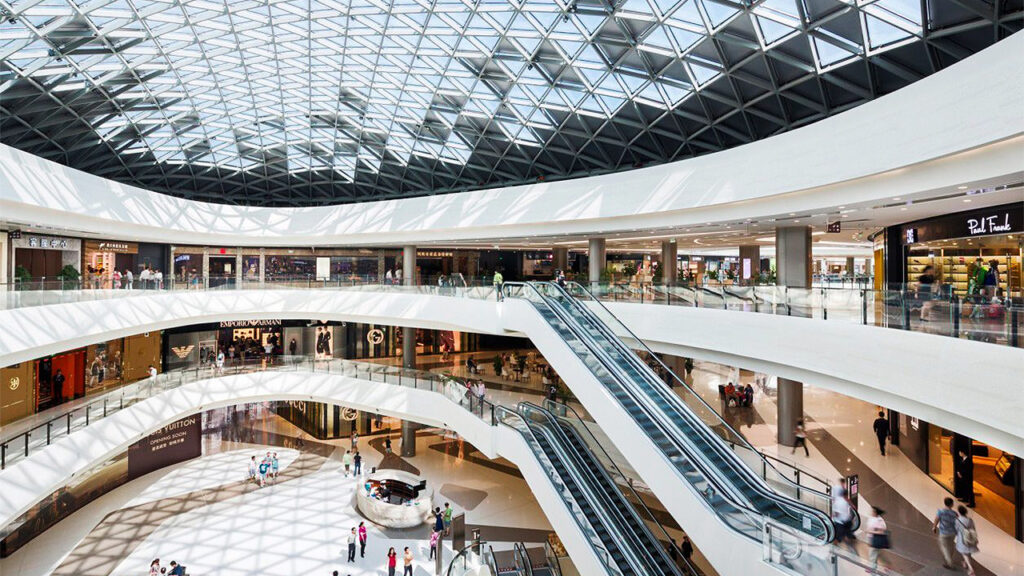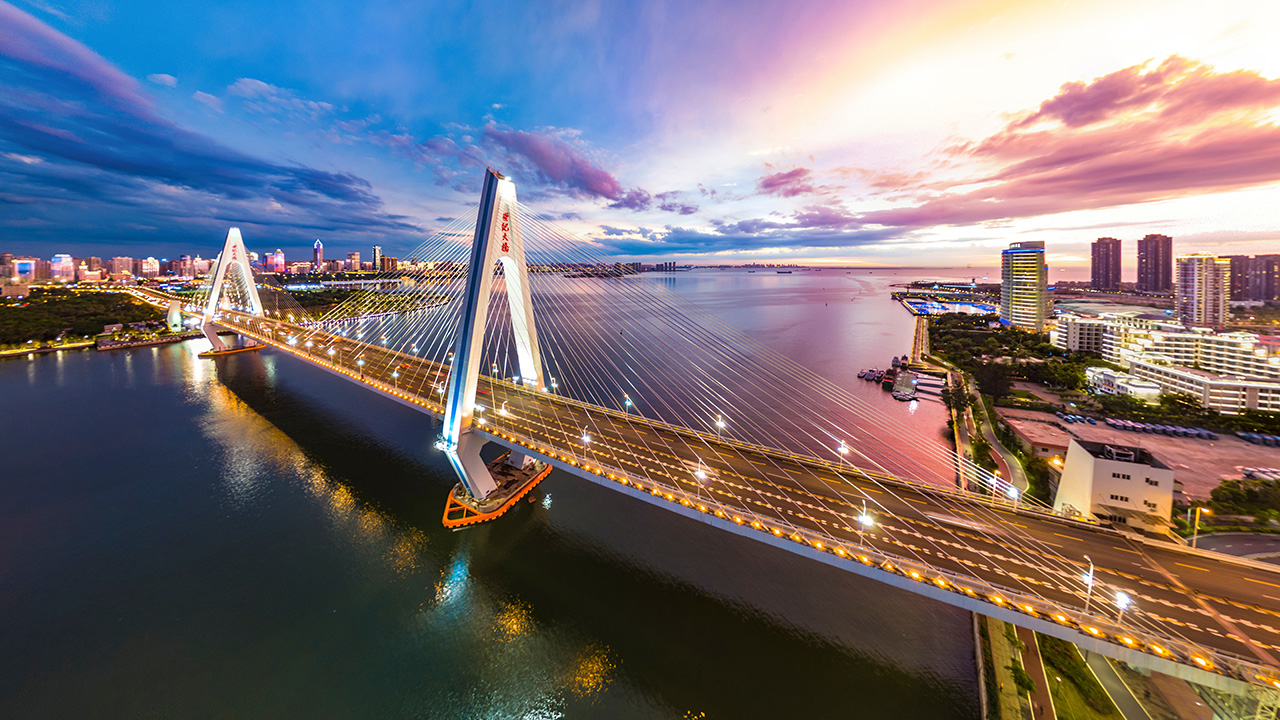The pandemic has provoked understandable anxiety for the beneficiaries of outbound Chinese tourism. Most immediately, a vast and highly lucrative market abruptly disappeared. Longer term, there’s a sense that consecutive years of traveling domestically is fundamentally changing the appetites and priorities of the globe’s largest travel group.
Hainan, the island province in south China, encapsulates such worries in some ways. It received 65 million visitors despite a highly disrupted 2020, presenting Mainlanders with the type of getaway once the purview of Vietnam, Bali, or Thailand. Then there’s the duty-free element. A loosening of shopping restrictions grew sales 127 percent year-on-year, boosting China’s competitiveness in the global travel retail market and potentially challenging regional duty-free destinations for good.
One group closely tracking the dynamics of Hainan’s tourism push is Jessica’s Secret. Having developed the go-to price comparison app for outbound Chinese tourists, it shifted focus during the pandemic, creating a new AItracking price analysis system and expanding its research and consulting operations, most recently releasing a report on the new Hainan traveler.

The Jessica’s Secret mobile app provides travelers with real-time price information, price comparison, and information on promotions at shopping malls across the globe. Image: Jessica’s Secret
Mirko Wang, CEO of Jessica’s Secret, is level-headed about the fortunes of the tropical island and its bid to capture China’s duty-free shopper. Hainan’s rapidly improving infrastructure, which includes a new terminal at Haikou airport and expansions at Zhanjiang and Haikou ferry ports, will improve capacity, Wang says, but the unique cultures, low prices, and quality tourism services of regional destinations should see their popularity endure.
On the duty-free side, fresh government interest in the industry may prove a long-term positive for international brands considering the increased attention on smuggling and daigou shopping as well as the fact high ticket items remain cheaper internationally. Hainan may have enjoyed a buoyant 18 months, but its dominant position is hardly guaranteed.
Jessica’s Secret is a platform centered on China’s outbound tourism. How have you adapted?
COVID-19 and the interruption of China’s outbound travel greatly affected our company’s main business. We’ve promoted our company’s research and development in new businesses — for example, a new AItracking price analysis system, which helps retailers and brands have a timely understanding of the travel retail market and the local market prices in mainland China. We’re a technology company: more than 70 percent of the staff are technicians; and we expanded our business to become a technology development and agency service provider, and currently provide research reports and consulting services for some brands.
As a company long focused on overseas duty-free shopping, how have you viewed China’s loosening restrictions?
I think the policy reform of China’s duty-free industry is an extremely effective promotion for the market. The competitiveness of Chinese retailers in the global market has been strengthened and more consumption will remain in China’s duty-free market. However, China’s duty-free industry is not only relaxing, it’s also continuously strengthening the supervision of irregular behavior — for example, Hainan Provincial Government and Customs are strengthening the crackdown on daigou and smuggling. This regulates the duty-free market, and protects the taxable market and the domestic tax system. In the long run, it will play a protective role for brands and retailers.

With sales growing by triple digits year-on-year, Hainan’s duty-free sector has dominated Chinese travel retail over the past year. Image: China Duty Free Group’s Haitang Bay Duty Free Shopping Mall
Do you think Hainan’s new duty-free measures threaten international markets in the long-term?
At present, the travel retail market in Hainan is booming, with an average daily sale of more than 100 million RMB. Search demands for high-end luxury goods have increased during the pandemic, but Chinese tourists cannot shop abroad and compared with Europe, prices of luxury goods in China are high. Despite the new duty-free policies in Hainan, Louis Vuitton, Chanel, Hermès, and Dior have not yet entered Hainan, which means Hainan does not yet fully meet shopping demands of Chinese tourists. In addition, cross-border e-commerce is limited by the price limit of 5000 RMB per item. So, on the whole neither Hainan nor cross-border e-commerce platforms fully meet the needs of Chinese consumers.
Jessica’s Secret recently released a report on the new Hainan traveler. Aside from the duty-free aspect, what stood out to you?
I found some interesting data in compiling the report. To Haikou, the proportion of male travelers is more than female, but to Sanya the proportion of female travelers is more. We believe tourists traveling to Haikou are business travelers, while most tourists to Sanya are for vacation and leisure.
The report also showed a large number of tourists go to Hainan by ferry from Zhanjiang, Guangdong province. It’s a group that’s been neglected. Guangdong is fairly close to Hainan and millions of tourists every year travel to Hainan through ports. The expansion of Zhanjiang and Haikou ports will increase the capacity and Haikou will see more travelers.
Hainan seems to be satisfying a demand previously provided by southeast Asian destinations. What should they be learning about the wants of Chinese tourists?
Island tourism has always been a priority for Chinese tourists and will continue to be after the pandemic. The government in Hainan has made great efforts to promote tourism, actively planning and launching new measures, projects and activities for tourism consumption. Personally, I think [southeast Asian destinations] have their own advantages in attracting Chinese tourists, such as different cultural environments, unique exotic customs, low prices, and good services. Differentiation and localization are important ways to attract tourists. Of course, safety is also an important factor that affects Chinese tourists. More Chinese tourists will be attracted to places where they feel a high level of security.
Once outbound tourism resumes, which factors do you feel will be most decisive in determining the destinations of Chinese tourists? How should DMOs be thinking about courting these groups?
From my point of view, China will prioritize resuming tourism to countries with better control of the pandemic. This might include vaccine visas and advancement of vaccine mutual recognition measures and guarantees of pandemic control measures. In addition, I believe convenient visa procedures, such as visa exemptions, e-visas, and visas on arrival will also become one of the factors affecting Chinese tourists. In truth, Chinese tourists, myself included, have not traveled abroad for too long and we’re yearning to travel abroad.
Additional reporting by Xin Jin



